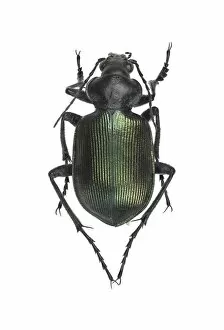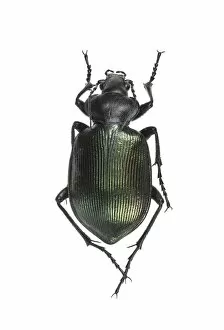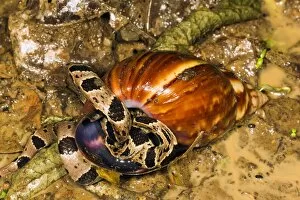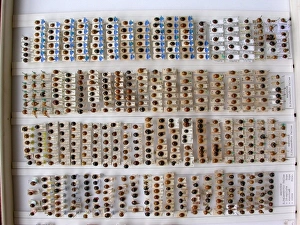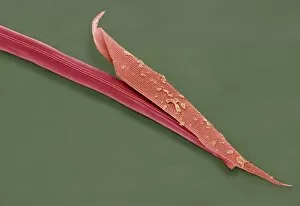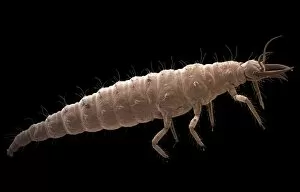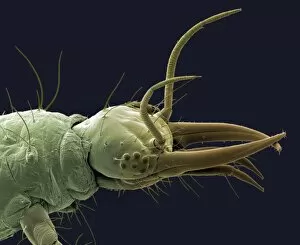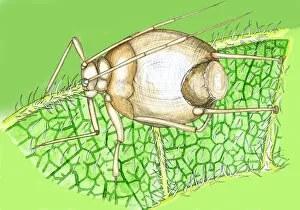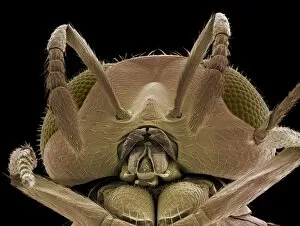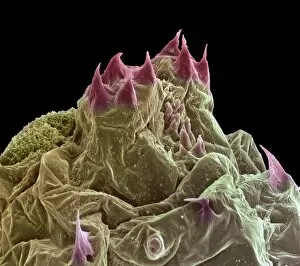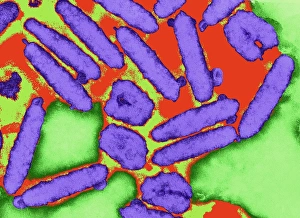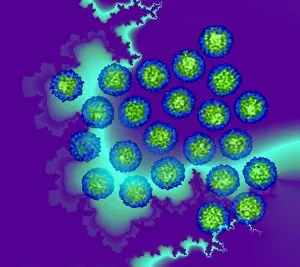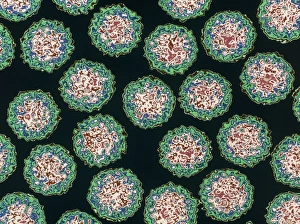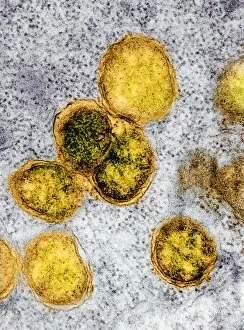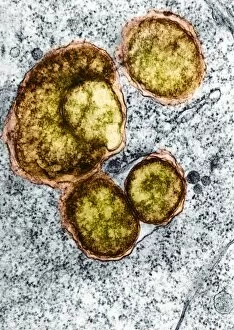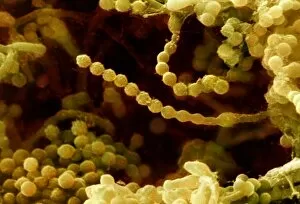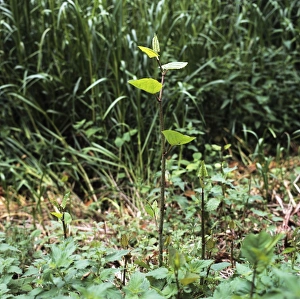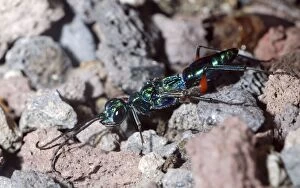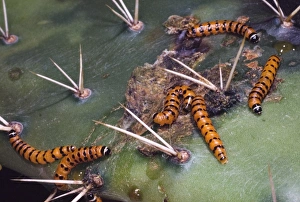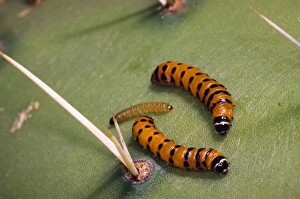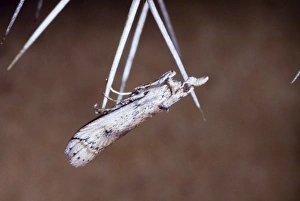Biological Control Collection
"Exploring the World of Biological Control: Unveiling Nature's Tiny Warriors" In the fascinating realm of biological control
All Professionally Made to Order for Quick Shipping
"Exploring the World of Biological Control: Unveiling Nature's Tiny Warriors" In the fascinating realm of biological control, nematode worms take center stage under the scanning electron microscope (SEM). These microscopic warriors, armed with their slender bodies and sharp teeth, play a crucial role in pest management. SEM reveals the intricate details of these nematodes as they navigate through soil, seeking out insect larvae to parasitize. Another captivating sight captured by SEM is Entomophthora muscae, a fungal pathogen that preys on unsuspecting flies. This mesmerizing image showcases the fly ensnared within delicate fungal threads, highlighting nature's ability to maintain balance through natural enemies. Ground beetles C016/2097, C016/2096, and C016/2095 emerge as unsung heroes in biological control. With their voracious appetites for pests like slugs and snails, these charismatic beetles provide effective pest suppression while showcasing their striking colors and patterns. Speaking of snails, an extraordinary moment unfolds as a snake devours its slimy prey in Ecuador. The image captures this predator-prey interaction in all its glory - a testament to how nature maintains equilibrium even at its most primal level. Harmonia axyridis Arkansas or harlequin ladybird takes center stage once again. Its vibrant appearance belies its true purpose – serving as an efficient predator against aphids and other plant-damaging insects. This remarkable ladybird beetle exemplifies nature's ingenious ways of controlling pests without human intervention. Returning to our microscopic allies under SEM examination are nematode worms yet again. Their diverse forms reveal just how versatile they are in combating various pests across different ecosystems worldwide. Finally, we encounter lacewing larva under SEM scrutiny - another formidable warrior equipped with long jaws ready to seize any unsuspecting prey that crosses its path. These elegant creatures showcase both beauty and efficiency when it comes to biological control.



